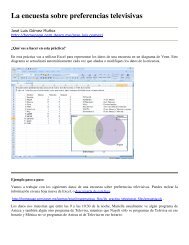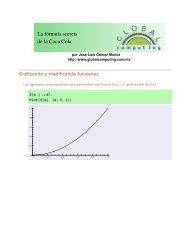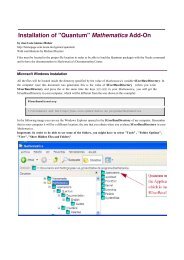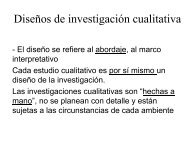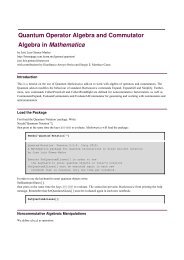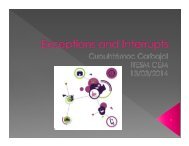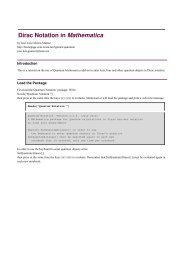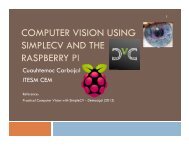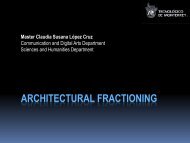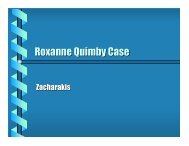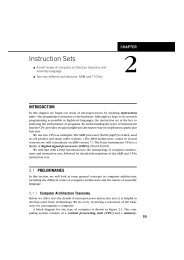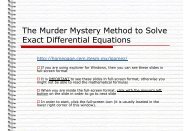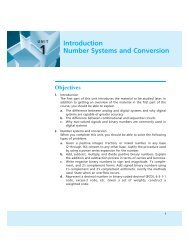Acharya: An Intelligent Tutoring Environment for ... - C-DAC Mumbai
Acharya: An Intelligent Tutoring Environment for ... - C-DAC Mumbai
Acharya: An Intelligent Tutoring Environment for ... - C-DAC Mumbai
You also want an ePaper? Increase the reach of your titles
YUMPU automatically turns print PDFs into web optimized ePapers that Google loves.
Make a Boolean expression of the ‘where’ clause using this number coding. In ourexample, this will result in the Boolean expression: (3 and 2) or 1.Compute the truth table of the above expression. Truth table can be generated by firstfinding out the number of variables and then generating all combinations of 0/1 <strong>for</strong> the setof variables. Evaluate the output of the Boolean expression <strong>for</strong> each combination.Now in order to check if two expressions are equivalent (For example, ‘age > 25 and name= “a” ’ compared against ‘name = “a” and age > 25’), we can prepare truth tables <strong>for</strong> eachexpression and check if it produces the same truth value <strong>for</strong> each combination of values ofconstituent atoms. This, however, assumes that the set of atoms in each expression aresame. Violation of this assumption will be due to two reasons. First, one of the twoexpressions includes more atoms than the other. In this case, the expressions are notequivalent. Second reason could be that the atoms “appear” to be different (e.g. age > 25vs. not age < 25) where as they are really logically related. This case is handled by theatom processing step.4 <strong>Acharya</strong>: Architecture<strong>Acharya</strong> is designed as a web-based learning environment to support SQL problemsolving. <strong>Acharya</strong> is based on guided discovery - student should be given opportunities todiscover things themselves, rather than being told about them.<strong>Acharya</strong> is developed using Java servlet technology with a web-based front-end andPOSTgreSQL as the back-end.At the beginning of a session, <strong>Acharya</strong> selects a problem <strong>for</strong> the student to work on. Whenthe student enters a solution, the pedagogical module sends it to the student module,which analyses the solution, identifies mistakes (if there are any) and updates the studentmodel appropriately. On the basis of the student model, pedagogical module generates anappropriate pedagogical action like which next concept to display. When current problemis solved or the student requires a new problem to work on, pedagogical module selects anappropriate problem on the basis of the current student model.Figure 1: Architecture of <strong>Acharya</strong>



